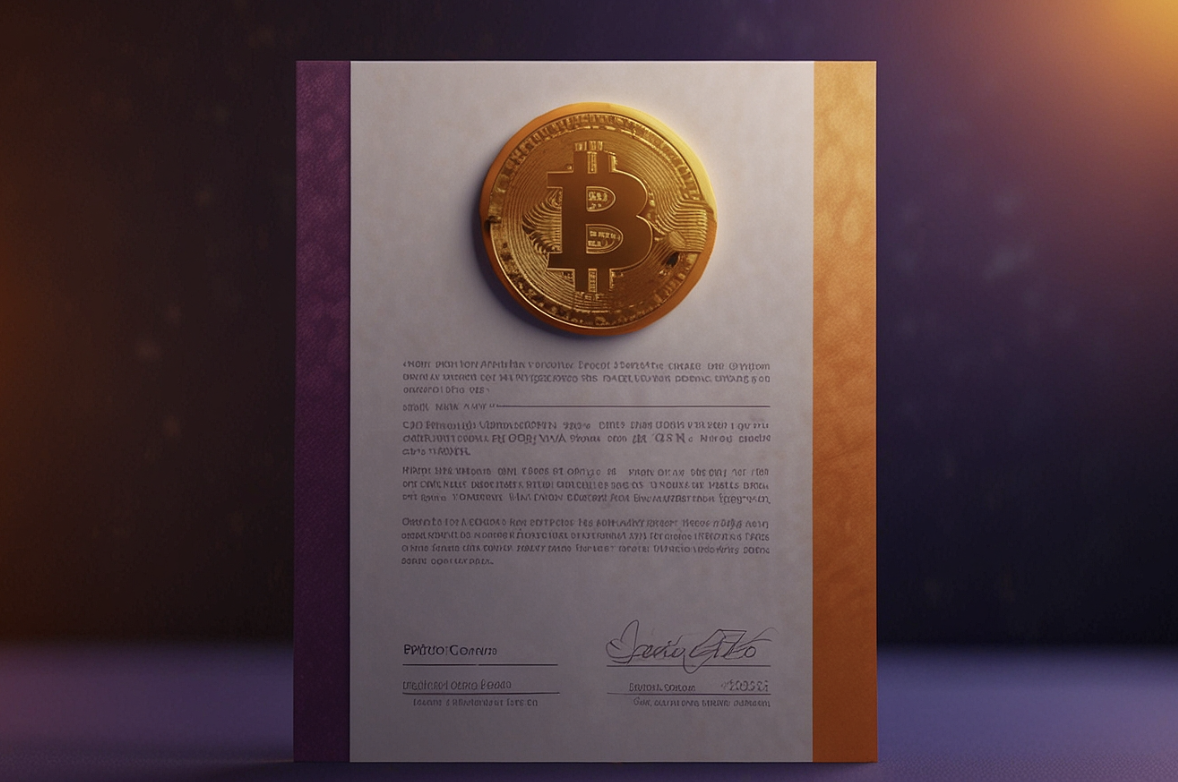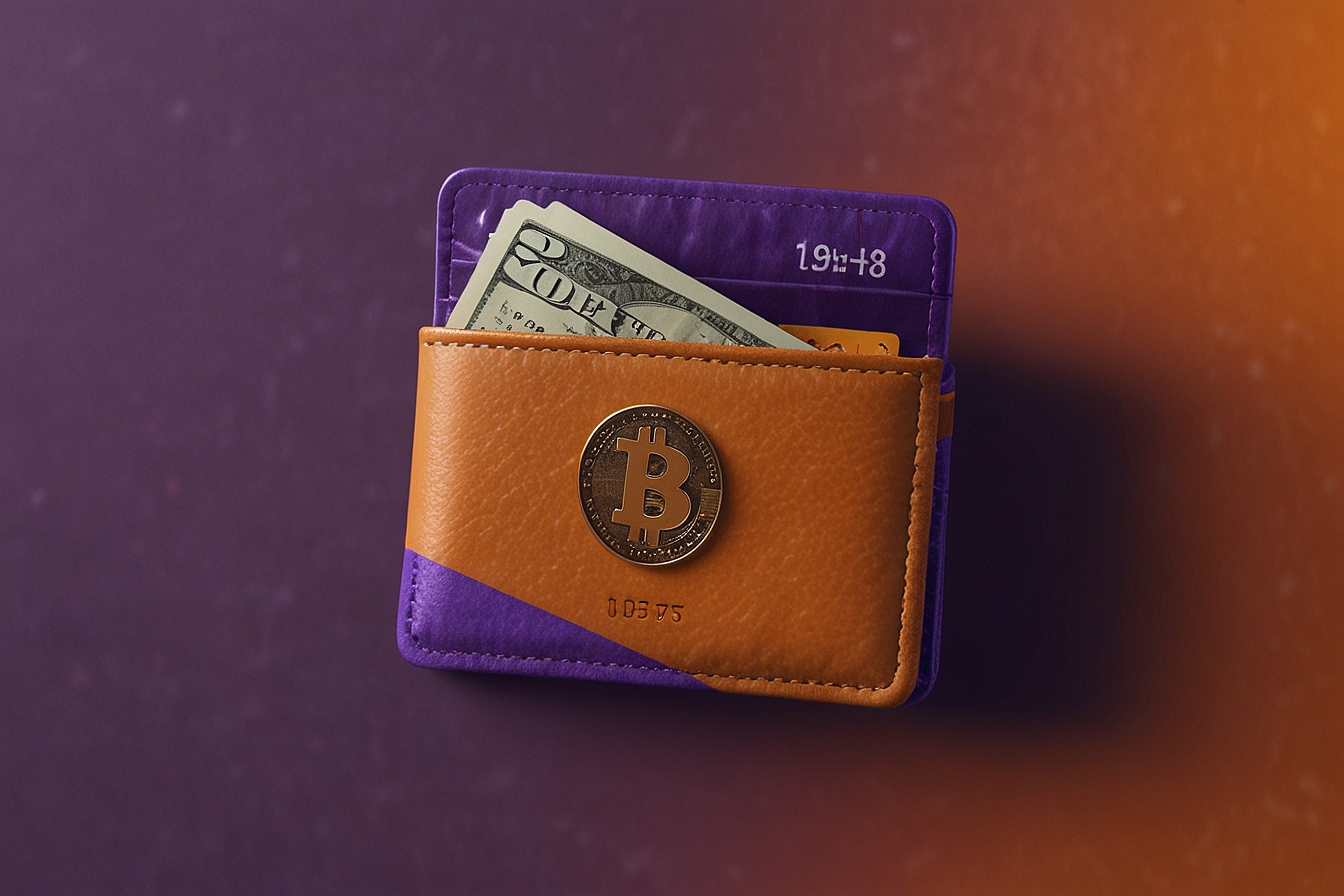Investing in anything is risky, and investing in crypto is even more. But there’s a possible solution to making investments easier, cheaper, and more available to the public, like investing in real estate when you don’t have the cash to do so upfront.
We’re talking about tokenization, a Blockchain process that might just be what we need to access asset classes we might not have the funds for.
Let’s discover more about tokenized assets, and how they can benefit us:
What Are Tokenized Assets?
Tokenization of an asset happens when a Blockchain token is issued to represent a real tradable asset, like a document, a piece of clothing, or a house. A private key is issued for the person who acquires the token, and this is what determines who owns the token on the Blockchain. This means that even if you hold the corresponding physical asset, you might not necessarily be the legal owner. But wait! What if someone stole the real tradable asset, what happens to the digital one?
The digital one remains on the Blockchain permanently, and the only way to access it is through the private key. Unfortunately, that still means the physical asset has to be manually retrieved.
Okay… but who cares about tokenization? We can live easily with it as much as without it.
Why Should We Care About Tokenized Assets?
Most people who aren’t into crypto or Web3 won’t care or know much about tokenized assets. They might see them as an additional nuisance to an already complicated market that hardly needs anything else. People have an easier time paying attention to concepts they know can make their lives easier, but it just seems like tokens do the exact opposite: they set you up for crypto scams and are needlessly complicated.
So, let’s detangle these misconceptions and discover if tokenized assets have realistic use cases, or are just another buzzword. Here are some of their benefits:
Fractional Ownership Rocks
Although dividing an asset into tens or even hundreds of pieces might sound incredibly silly, hear me out. Fractional ownership allows multiple users to collectively own a single asset, like a house, with every owner holding a percentage of it, and only paying a percentage for this token in turn.
But let’s make this easier to understand through a step-by-step:
First, the house is tokenized. Its ownership rights are now converted into digital tokens on a Blockchain.
A smart contract is deployed on the Blockchain, which governs the rules and conditions of fractional ownership. The magic of smart contracts is in that it’ll automatically execute the conditions previously agreed upon by the participants.
Investors interested in owning a fraction of the asset can now purchase their corresponding digital tokens.
As the asset generates returns, such as rental income or capital appreciation, smart contracts can automate the distribution of profits among fractional owners.
Obviously, this investment vehicle is more attractive to investors who don’t have the budget to purchase the property or stocks in full. If you do have this wealth, then it’s infinitely better to do this the traditional way.
Moving on, what other benefits do these tokenized assets bring to the table?
More trades mean more liquidity
Let’s start with the basics: what is liquidity? That’s what tells you how quickly and easily an asset can be bought or sold without affecting its price too much. When you sell an asset, it’s turned into cash, essentially liquidated.
Selling a house might take you a long time between finding a buyer, negotiating the deal, and completing the sale. This is not a liquid process: it’s slow and takes a lot of paperwork.
But if you own shares of a company, you can easily sell them on the stock market, and the transaction happens quickly. Thus, stocks have higher liquidity because their assets are easily traded.
Tokenized assets, by nature, increase their corresponding real-world asset’s liquidity. Since the real-world asset is divided into digital tokens, you can buy and sell them faster and easier than any kind of transaction.
So, if you need cash or just want to sell this part of your investment, you can just sell the tokens on a platform that supports these transactions. You’ll find buyers more easily since they don’t need to purchase the whole asset.
For people who need to sell their apartment to get cash for a more important investment, it’s easier to tokenize their house into 100 pieces and quickly put them all for sale on a marketplace, than waiting an average of 54 days to finish their sale. Through tokenization sales, sell off the whole thing in two weeks.
Definitely much easier than selling an entire apartment!
Diversification of Portfolios
When you diversify your portfolio, you invest in different asset classes: stocks, bonds, real estate, cash equivalents. That’s because every class responds differently to changing economic conditions, and their performance might not be correlated.
This helps you manage risk, so if one of your assets were to underperform, you’re safe because another might perform better.
But here’s the issue: how many people do you know with the cash on hand to invest in real estate, stocks, bonds, and perhaps buying bars of gold, all at the same time?
Most people interested in investing start with one asset class and take years to prepare for investing in another. This accessibility is a bigger benefit than most people think. It breaks down barriers of entry to investment, allowing everyday investments to participate in asset classes they couldn’t previously reach. If you were to invest in real estate or artwork, you’d probably need to have more money than what you might have on hand.
Through tokenized assets, investors can diversify portfolios by purchasing tokens of these different asset classes. Perhaps someone could invest in stocks while also purchasing tokens of a real estate property, allowing them to diversify without requiring the capital of a tech company CEO. These assets might only have been available to already wealthy people or an institution like a company or bank, but now they’re open to the public.
Investing is Faster
Anyone who’s invested in real estate or bought a house knows how much paperwork is usually required for the process, and how much a simple mistake by a broker can multiply the back and forth tenfold, making it even more time-consuming than it already is.
Tokenization leverages smart contracts to minimize human error. Because smart contracts are completely automated, we can say that the computer takes care of things for us. That also means you won’t need to contact brokers or any intermediaries for the sale in the first place.
Investing in tokenized assets is as easy as creating your account in a tokenized assets marketplace, and paying for your desired asset. Of course, realistically it won’t be this way. You’ll definitely want to contact the seller and investigate more about the property area, possible return on investment, and more.
But you can be certain that it won’t take two months or more to finish this investment.
On another note, how would this work in the literary world?
How does intellectual property work with tokenized assets?
Tokenizing intellectual property (IP) involves converting IP rights to creative works into digital tokens. Tokenization enables fractional ownership of intellectual property. Instead of selling the entire IP, creators can sell fractions of it through digital tokens. In this case, every token might not confer the same amount of rights to the IP. Some could confer the ability to use it for specific purposes, while others could bestow complete access and usage rights to the work.
Some token holders might be offered licenses to distribute royalties to token holders based on their ownership percentage.
The good thing is that all of these will be embedded in the smart contract, so the terms will be executed automatically in all cases.
Tokenization allows for global accessibility to intellectual property. Creators can attract a diverse and global audience of investors and supporters who wish to participate in the success of the IP, by granting them licenses through the tokens and allowing them to create derivative works to propagate the popularity of their work.
Let’s think of a more concrete use case:
Ana, a sci-fi writer from the U.S has published her most recent book, Adventures in Saturn, and tokenized its IP into six different license tokens, allowing other owners to create non-canonical works using her characters and plotlines, and also listing them for sale on their own. The condition here is that Ana will receive a 20% royalty on any sale of published works made by a license token holder. Ana put these tokens for sale on Legerly.
Within months, Adventures in Saturn gained traction through clever marketing, but it’s still not a bestseller. Her license tokens are purchased by six fans of her work in six different countries, and they start writing fan works using some of Adventures in Saturn‘s characters and plotlines.
These derivative works also draw attention to international audiences, while not compromising the original work’s canon. Soon, people drawn to the six fan works started also purchasing the original work, turning Adventures in Saturn into a bestseller.
The Bottom Line
The reason more people aren’t investing in tokenized assets is that few people have realistically leveraged them for a successful investment. Big companies and wealthy investors have the luxury of disposable investment income – even if they don’t want to lose money, they can always make more later.
But working-class individuals usually don’t have the same ease to invest in a possibly risky and mostly uncharted financial vehicle.
Once more companies and successful individuals start investing in tokenized assets as an alternative, we might see them grow in popularity.






